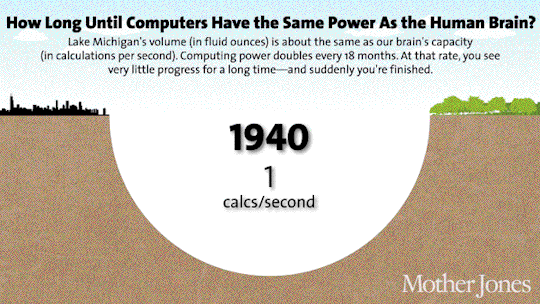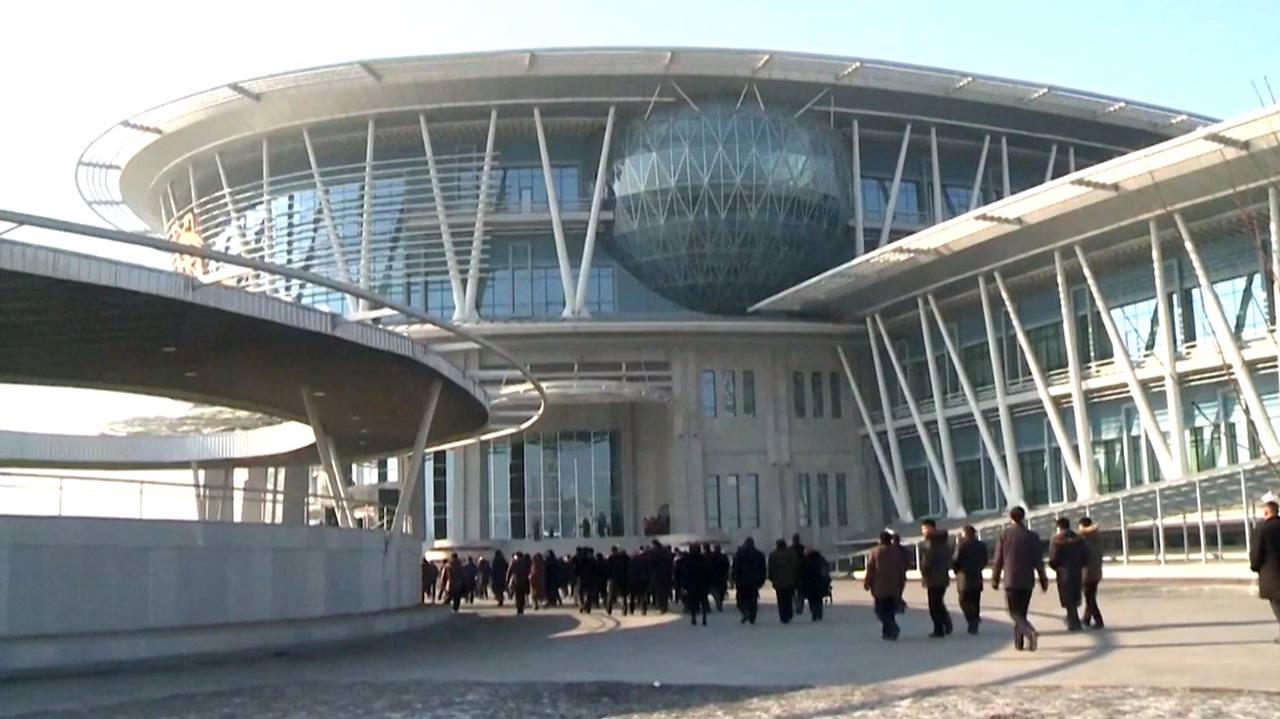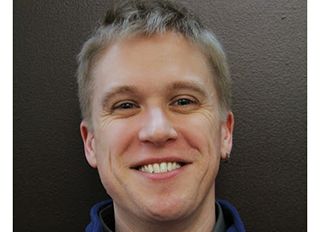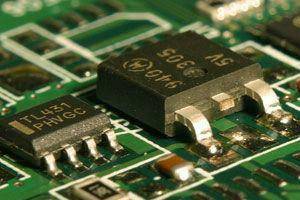Page 11345
Mar 14, 2016
Interesting Computing Animation
Posted by Shailesh Prasad in categories: computing, neuroscience
Mar 14, 2016
Quantum cloud computing could help solve global problems, says Bill Gates
Posted by Karen Hurst in categories: computing, quantum physics
Microsoft founder optimistic about embryonic technology.
Researchers could be using cloud-based quantum computing power to solve big scientific conundrums within the next decade, Microsoft founder Bill Gates has predicted.
The Microsoft founder turned philanthropist was hopeful about the future of the embryonic technology during an Ask Me Anything interview on Reddit.
Continue reading “Quantum cloud computing could help solve global problems, says Bill Gates” »
Mar 14, 2016
Get ready for DNA-based computer chips!
Posted by Karen Hurst in categories: chemistry, computing, electronics, materials, nanotechnology
Interesting — DNA Microchips to be released soon.
Researchers presented this incredible work at the national meeting and exposition of the American Chemical Society (ACS) in San Diego, California, on Sunday.
Adam T Woolley, professor of chemistry at Brigham Young University (BYU) said that they are planning to use DNA’s small size and base-pairing capabilities and ability to self-assemble, and direct it to make nanoscale structures that could be used for electronics.
Continue reading “Get ready for DNA-based computer chips!” »
Mar 14, 2016
Leveraging Cloud Computing to Analyze Cancer Genome Atlas Data in a Unique Way
Posted by Karen Hurst in categories: biotech/medical, computing
There are at least 200 forms of cancer and many more subtypes. Cancer is caused by an accumulation of DNA errors, or mutations, that allows cells to proliferate in an uncontrolled manner. Each cancer subtype has its own unique signature of DNA mutations in its genome; identifying these mutations and understanding how they interact to drive the disease is the foundation for improving cancer prevention, early detection and treatment.
TCGA’s finalized tissue collection contains matched tumor and normal tissues from 11,000 patients, and allows for the comprehensive characterization of 33 cancer types and subtypes, including 10 rare cancers. The comprehensive data that have been generated by TCGA’s network approach are freely available and widely used by the cancer community through the TCGA Data Portal and the Cancer Genomics Hub (CGHub).
In 2012, Cycle Computing and a multinational biotechnology company partnered to leverage cloud computing to analyze TCGA data in a unique way. The firm had developed a new end-to-end solution to identify DNA mutations in the TCGA data that could act as markers and risk factors in cancer samples. This solution included the typical SNP and DNA variation workflow, as well as a custom gene fusion, chromosome aberration discovery pipeline.
Continue reading “Leveraging Cloud Computing to Analyze Cancer Genome Atlas Data in a Unique Way” »
Mar 14, 2016
‘DNA origami‘ paves way for faster, cheaper computer chips
Posted by Karen Hurst in categories: computing, electronics, nanotechnology
Scientists has opened a door to faster, cheaper computer chips with the help of ‘DNA origami.’ “We would like to use DNA’s very small size, base-pairing capabilities and ability to self-assemble, and direct it to make nanoscale structures that could be used for electronics,” Adam T. Woolley said.
Mar 14, 2016
Watch 100 Grams of Robot Pull 4,000 Pounds of Car
Posted by Shailesh Prasad in categories: robotics/AI, transportation
Stanford’s μTug minibots are on a roll lately.
The latest battery of experiments at Stanford’s Biomimetics and Dextrous Manipulation Lab dealt with harnessing the power of ants in robot form— specifically, researchers hoped to replicate ants’ ability to work together to haul very heavy objects. In the experiments, robots that jump or walk with a quick, jerky force were quickly determined to be inefficient in groups, while the μTugs won out due to the longer duration of pulling force they were able to create with their tiny winches. If you’ve ever played tug of war than this strategy already makes intrinsic sense. Not only could the μTug smimc ants through teamwork, but they anchored themselves to the ground with an adhesive borrowed from gecko toes.
To prove just how powerful the robots are, scientists took a group of six μTugs—which can pull up to 52 pounds each —and had them move a full-sized car with a passenger inside. Did we mention the passenger was the author of the research paper? When those things start self-replicating, he’s going to be the first one they come after.
Continue reading “Watch 100 Grams of Robot Pull 4,000 Pounds of Car” »
Mar 14, 2016
Researchers create new triple helix structure for DNA — Many potential uses in chemistry, tissue engineering, etc
Posted by Shailesh Prasad in categories: biotech/medical, chemistry, engineering, nanotechnology
Could a cheap molecule used to disinfect swimming pools provide the key to creating a new form of DNA nanomaterials?
Cyanuric acid is commonly used to stabilize chlorine in backyard pools; it binds to free chlorine and releases it slowly in the water. But researchers at McGill University have now discovered that this same small, inexpensive molecule can also be used to coax DNA into forming a brand new structure: instead of forming the familiar double helix, DNA’s nucleobases — which normally form rungs in the DNA ladder — associate with cyanuric acid molecules to form a triple helix.
Mar 14, 2016
Samsung announces new 14nm, octa-core SoC: Exynos 7 Octa 7870
Posted by Shailesh Prasad in categories: energy, mobile phones
Samsung is bringing second-generation 14nm technology to its midrange smartphone devices this year, along with (we hope) a solid battery life boost. Hopefully manufacturers will use 14nm power savings to offer devices that prioritize battery life over shaving a few millimeters off the frame.


















